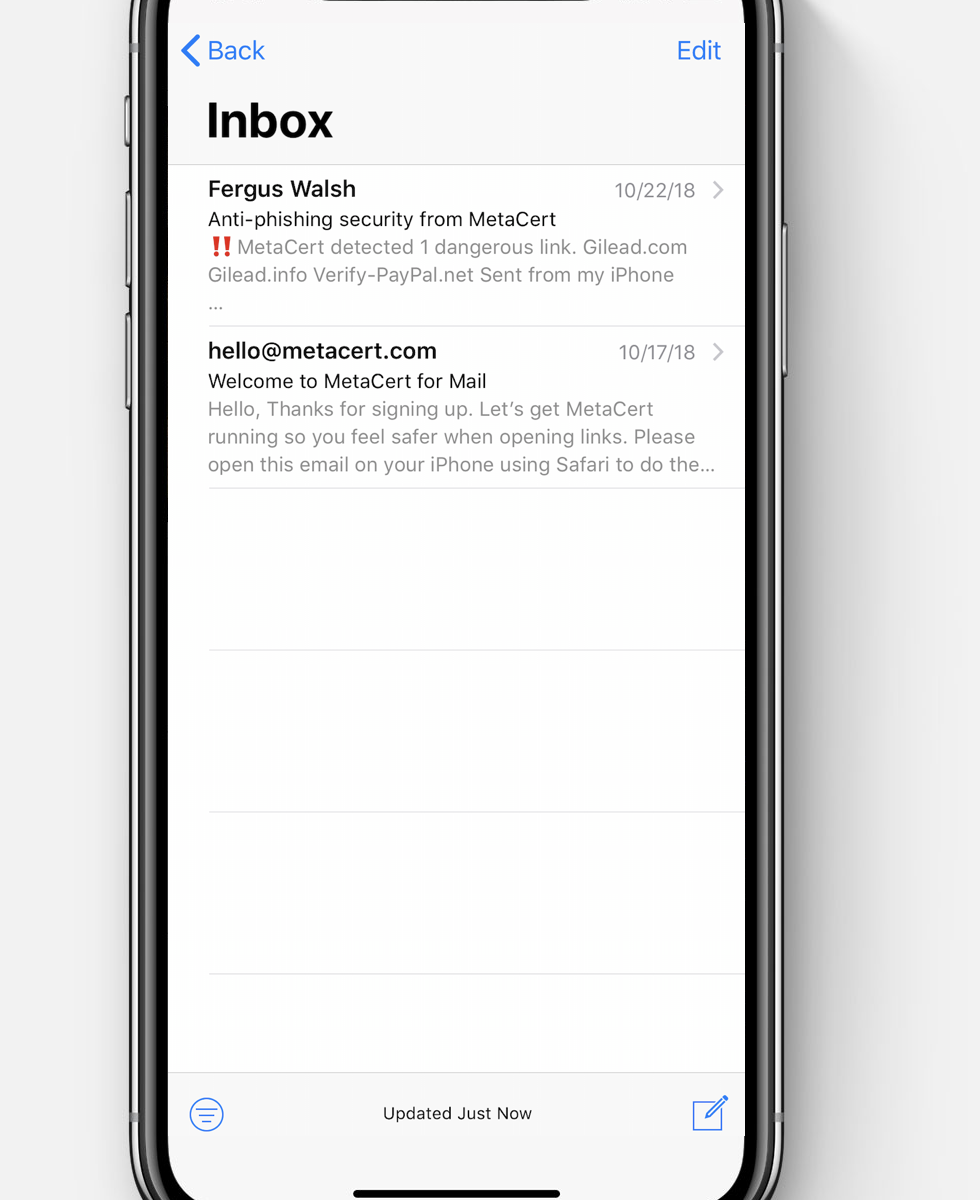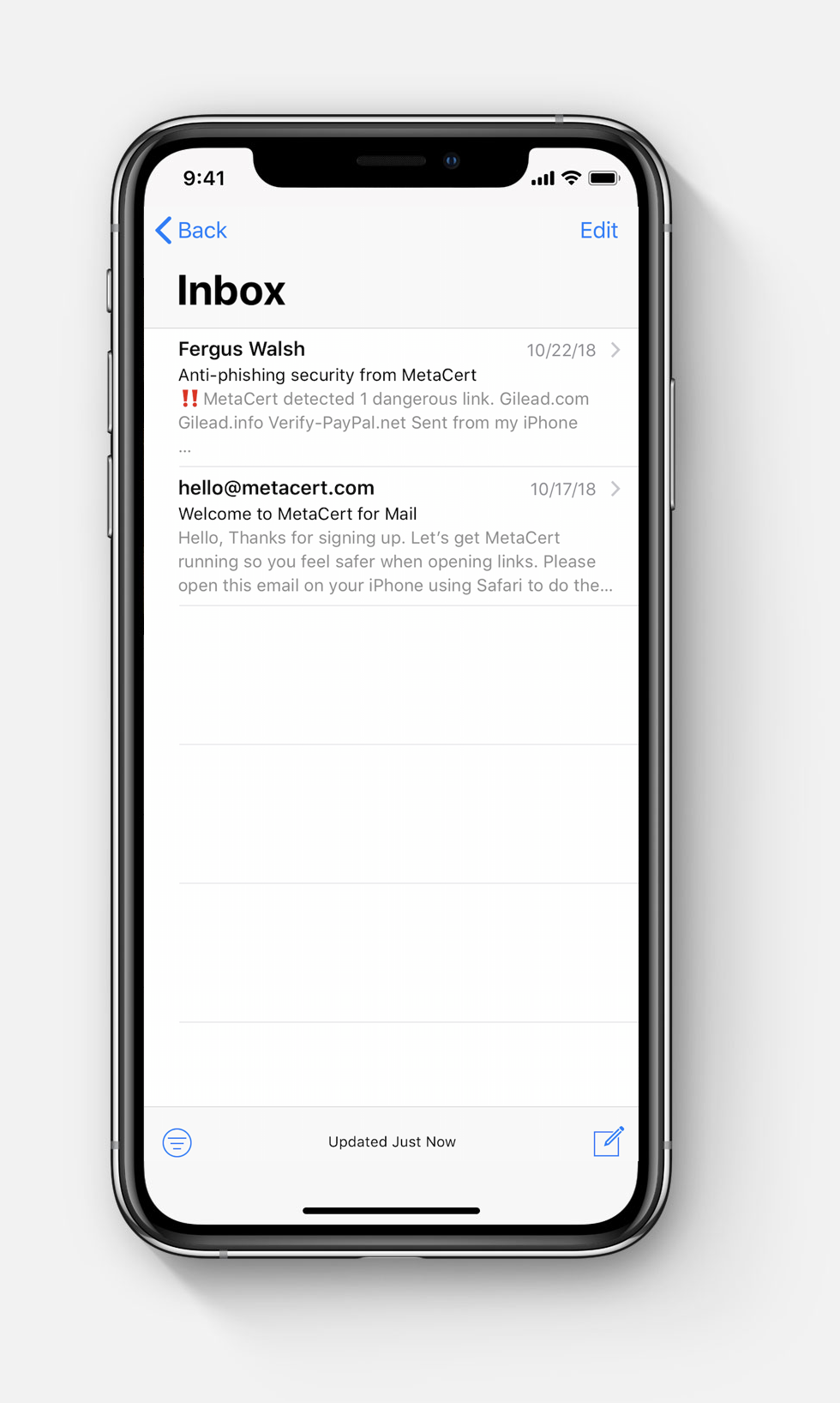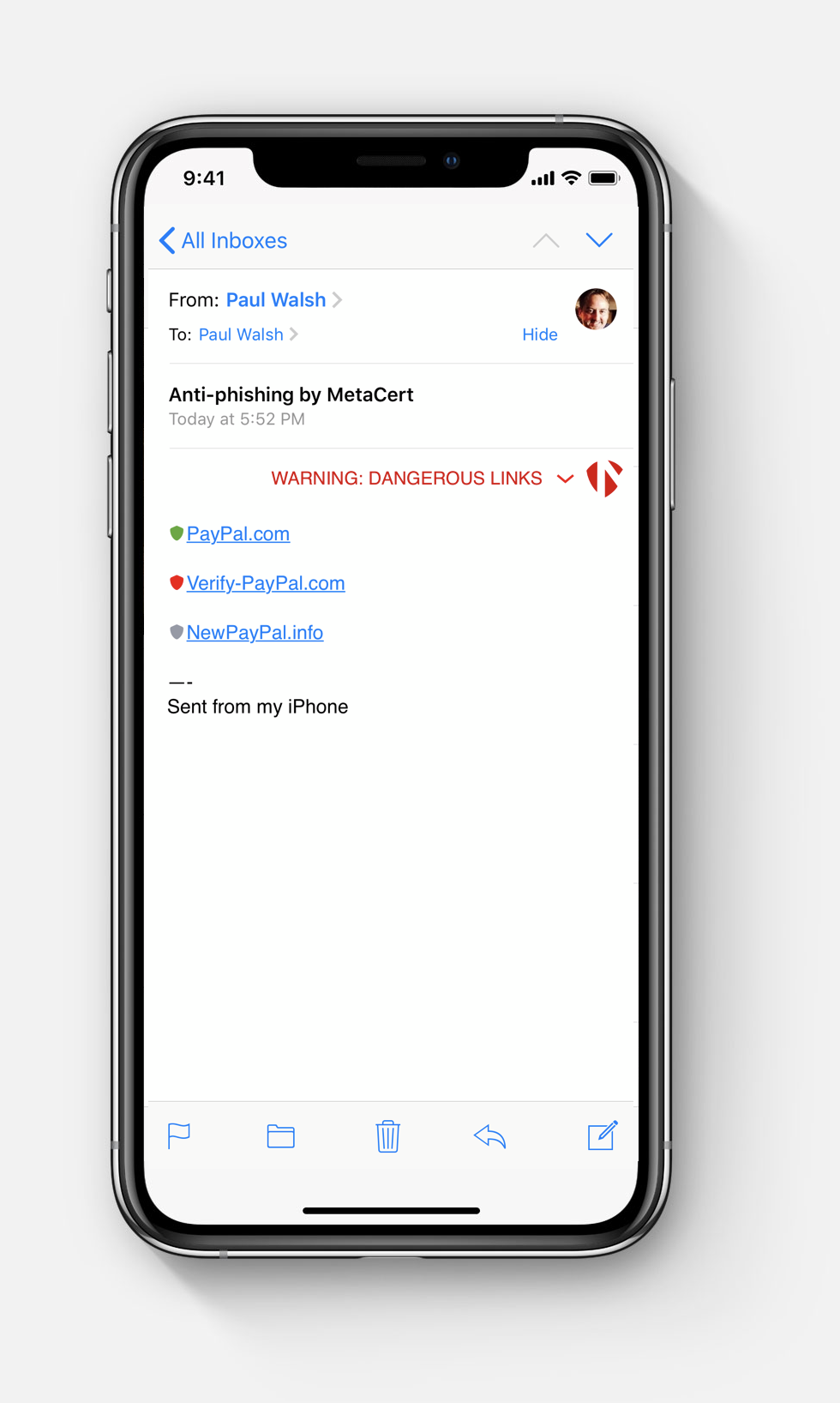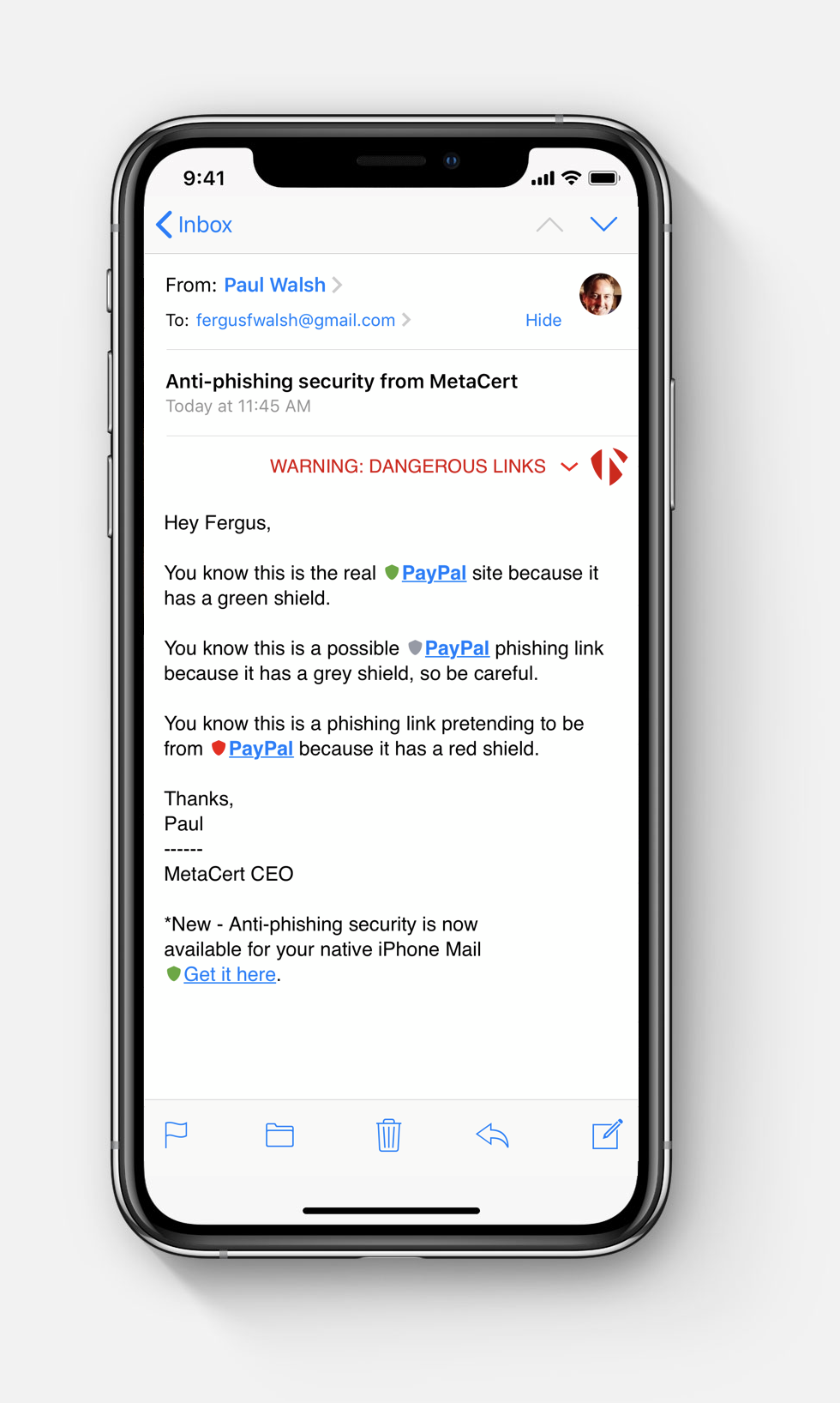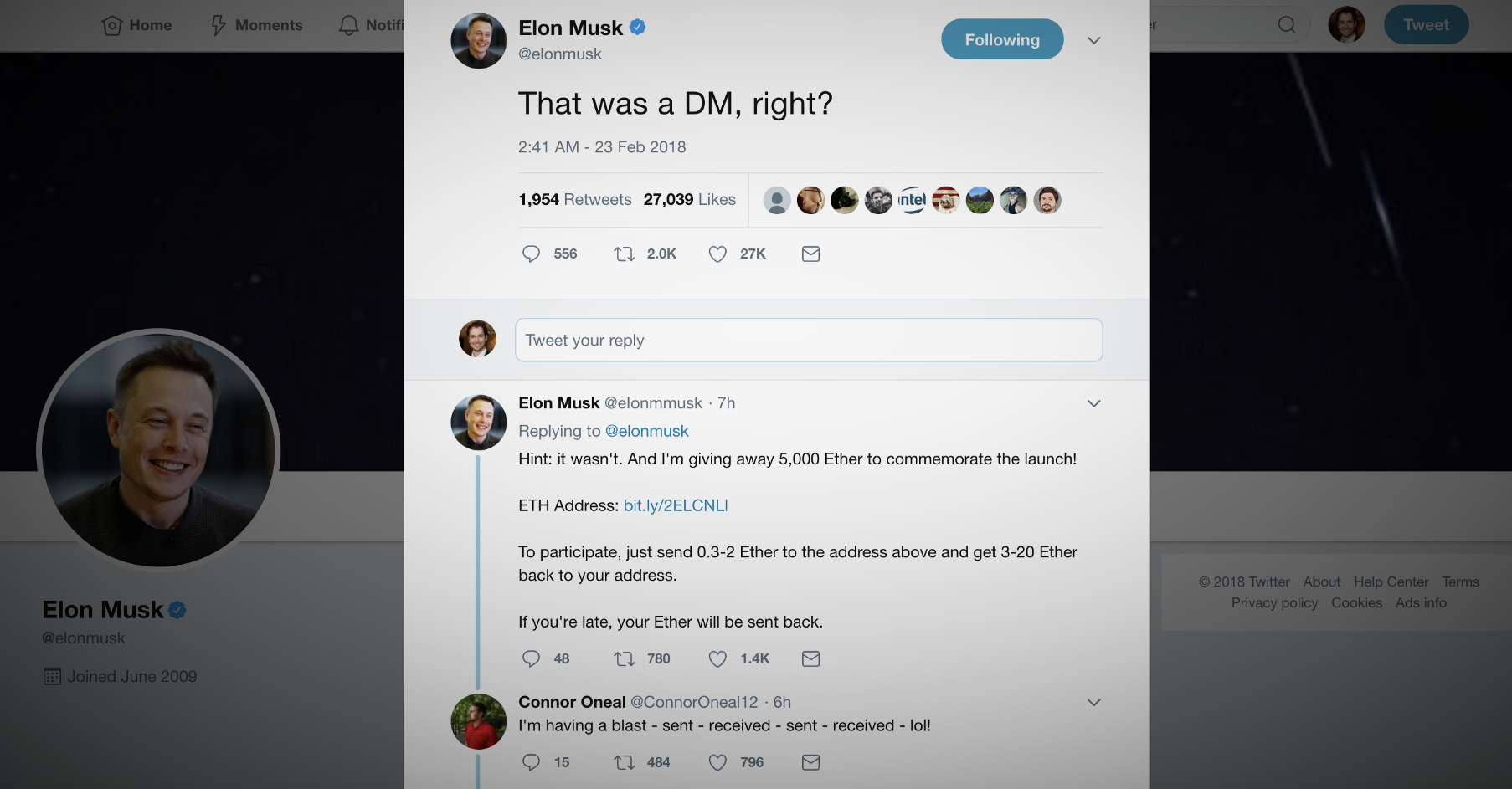Juul will be removing non-tobacco flavored pods from all stores, including convenience stores and vape shops, according to a new plan the company released today.
This comes exactly 60 days after the FDA demanded a more comprehensive plan from big e-cig makers to deal with the growing problem of underage use of these products.
Juul’s plan is slightly more aggressive than the plan reportedly outlined by the FDA, which demands that all non-tobacco flavored products be removed from convenience stores but allows them to remain on sale at specialty stores like vape shops.
Juul currently sells eight different flavors of pods. Pods that don’t come in existing tobacco flavors — Virginia Tobacco, Classic Tobacco, Mint and Menthol — will be removed from all stores effective immediately. In other words, the only place to buy Creme, Fruit, Cucumber and Mango (Juul’s most popular flavor) is on the Juul website.
There, the company verifies that customers are 21+ by either cross-referencing information, such as DOB and the last four digits of a Social Security number, with publicly available data, or asking users to upload a scan of their driver’s license.
Once the FDA has evaluated the situation, Juul will reconsider putting flavors on sale at shops under the condition that those shops follow Juul’s new 21+ restricted distribution policy. That policy includes investing in technology that designates flavored Juul pods as restricted within their inventory system. Once restricted, clerks must scan IDs to both ensure the purchaser is over 21 and log that purchase into the system to track bulk purchases.
For now, however, non-tobacco flavored Juul pods will only be available on the Juul website.
The more than 90,000 retail stores carrying tobacco-flavored Juul pods and devices will soon be subject to heightened scrutiny, according to Juul’s plan. The company is increasing its secret shopper program from 500 visits/month to roughly 2,000/month, as well as imposing financial consequences on those retailers that are caught by the FDA selling to minors or allowing bulk sales.
But offline purchases are just one part of the underage use problem. Minors have also had the ability to purchase Juul devices and pods on third-party e-commerce sites like eBay, Alibaba and Amazon, with more than 23,000 listings of Juul products or counterfeits already taken down by Juul and regulators. Juul will continue to work with these retailers to take down the listings.
Finally, Juul Labs is rethinking its social media policy. The company plans to take down its Instagram and Facebook channels entirely, and limit its Twitter channel to non-promotional information like news and customer service updates. Juul’s YouTube channel will also remain up, but will only feature testimonial videos from real-life former smokers. Both YouTube and Twitter will require users to be 21+ before engaging with the channel.
Critics have pointed to a 2015 campaign from Juul that featured models between the ages of 24 and 37 as one of the contributing factors for the rise in underage use of Juul products. This criticism has caused Juul to rethink the way it handles social media in general.
Last year, the company switched its policy to only use models over the age of 35 on social media, and in June, Juul went a step further, allowing only former smokers over the age of 28 to be featured on its social media channels.
One of the most interesting pieces of this ongoing debate is the FDA’s moratorium on new products. Essentially, any device that wasn’t already on the market as of August 2016 must go through the entire regulatory process for FDA approval. But because Electronic Nicotine Delivery Systems are a new product category, the fine print of the regulatory process for these devices is still being ironed out.
Despite the moratorium, Juul Labs has still continued working on a next-generation Juul that would include Bluetooth connectivity. The company has plans to release the new product in markets outside of the U.S., but also plans to work alongside the FDA to find a regulatory pathway to selling the device within the States.
Why does this matter? For one, a Bluetooth-enabled Juul could become a strong technical barrier to underage use of the product. Once the Juul is paired with a smartphone, it could geofence schools and other areas where kids congregate to be a no-vape zone. It could even force age verification through the phone so that the Juul only works when the right TouchID profile has activated the device via iPhone. Provided, of course, that Juul finds a way to make that connection and the protections tamper-proof.
Juul’s co-founder and chief product officer spoke a little bit about the next-gen device at Disrupt SF this year, outlining the ways it could help users ween themselves off nicotine. But clearly there is the potential for technology to also solve the problem of underage use. Unfortunately, it’s a problem that needs an immediate resolution, and regulatory approval of a new device is anything but immediate.

Source: Tech Crunch


